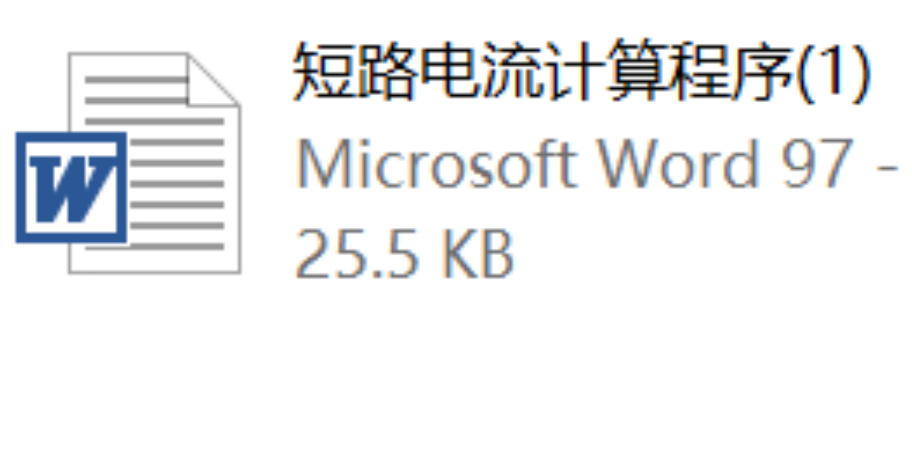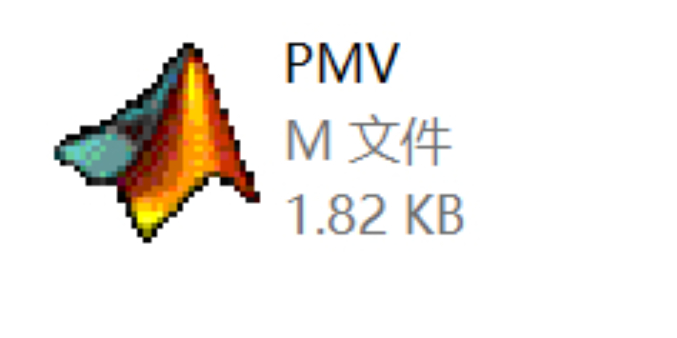
5KBZIP
The calculation of tidal currents in power systems is a core problem in the field of power engineering, which involves the transmission, distribution and stability analysis of electrical energy in power networks. Cascading fault, on the other hand, is a special event in power systems, where a fault usually triggers a chain reaction of other equipment or systems, leading to a sharp deterioration of the system state. Trend calculation in this scenario has higher complexity and importance because it is related to the stable operation of the power system and fault recovery strategies.
We need to understand what "tidal flow calculation" is. Trend calculation is the process of determining the distribution of voltage, current and power at each node of a network by means of a mathematical model for a given grid structure and load conditions. This process typically uses various algorithms to solve a system of nonlinear equations to ensure power balance in the power network. Newton's method is a commonly used method of calculating tidal currents, which is based on an iterative process in which the voltages at the nodes and the currents in the branches are updated at each iteration until the system reaches a steady state condition or reaches a predetermined convergence criterion.
The application of Newton's method under cascading faults is even more complex because cascading faults lead to dynamic changes in the system state. After a fault, the topology of the power network may change and certain devices may trip due to protection mechanisms, leading to load redistribution. Newton's method needs to adapt to these changes and quickly find a new stable state. This usually involves real-time updating of the post-fault network model and comparative analysis of the system state before and after the fault.
In cascading faults, the goal of trend calculation is not only to determine the new steady state, but also to assess the stability of the system, predict potential secondary faults, and provide a basis for recovery strategies. For example, by calculating the voltage stability of critical nodes and the thermal overload of lines, it is possible to determine which equipment needs to be prioritized for recovery to avoid further fault extension.
The source code section may be the program code that implements this calculation process and may include the following sections:
1. **Grid modeling**: This part of the code defines the parameters of nodes, branches and devices according to the topology of the power network.
2. **Fault simulation**: Simulation of single or multiple faults and updating of the network status, e.g., disconnection of the point of failure, load adjustment, etc.
3. **Newton's method implementation**: preparation of iterative algorithms to solve the nonlinear power balance equations for the post-fault system.
4. **Stability assessment**: Calculation of voltage stability indicators, power flow overloads, etc., to assess the state of the system.
5. **Failure recovery strategy**: Based on the calculation results, propose a recovery sequence or optimization scheme.
Such source codes are invaluable to power system researchers and engineers to help them understand and improve existing tidal current calculation methods for complex cascading fault situations. Through in-depth study and adjustment of these source codes, the computational efficiency can be optimized and the fault response speed can be improved to provide strong support for the safe operation of power systems.
Resource Disclaimer (Purchase is deemed to be agreement with this statement): 1. Any operation on the website platform is considered to have read and agreed to the registration agreement and disclaimer at the bottom of the website, this site resources have been ultra-low price, and does not provide technical support 2. Some network users share the net disk address may be invalid, such as the occurrence of failure, please send an e-mail to customer service code711cn#qq.com (# replaced by @) will be made up to send 3. This site provides all downloadable resources (software, etc.) site to ensure that no negative changes; but this site can not guarantee the accuracy, security and integrity of the resources, the user downloads at their own discretion, we communicate to learn for the purpose of not all the source code is not 100% error-free or no bugs; you need to have a certain foundation to be able to read and understand the code, be able to modify the debugging yourself! code and solve the error. At the same time, users of this site must understand that the Source Code Convenience Store does not own any rights to the software provided for download, the copyright belongs to the legal owner of the resource. 4. All resources on this site only for learning and research purposes, please must be deleted within 24 hours of the downloaded resources, do not use for commercial purposes, otherwise the legal disputes arising from the site and the publisher of the collateral liability site and will not be borne! 5. Due to the reproducible nature of the resources, once purchased are non-refundable, the recharge balance is also non-refundable



















